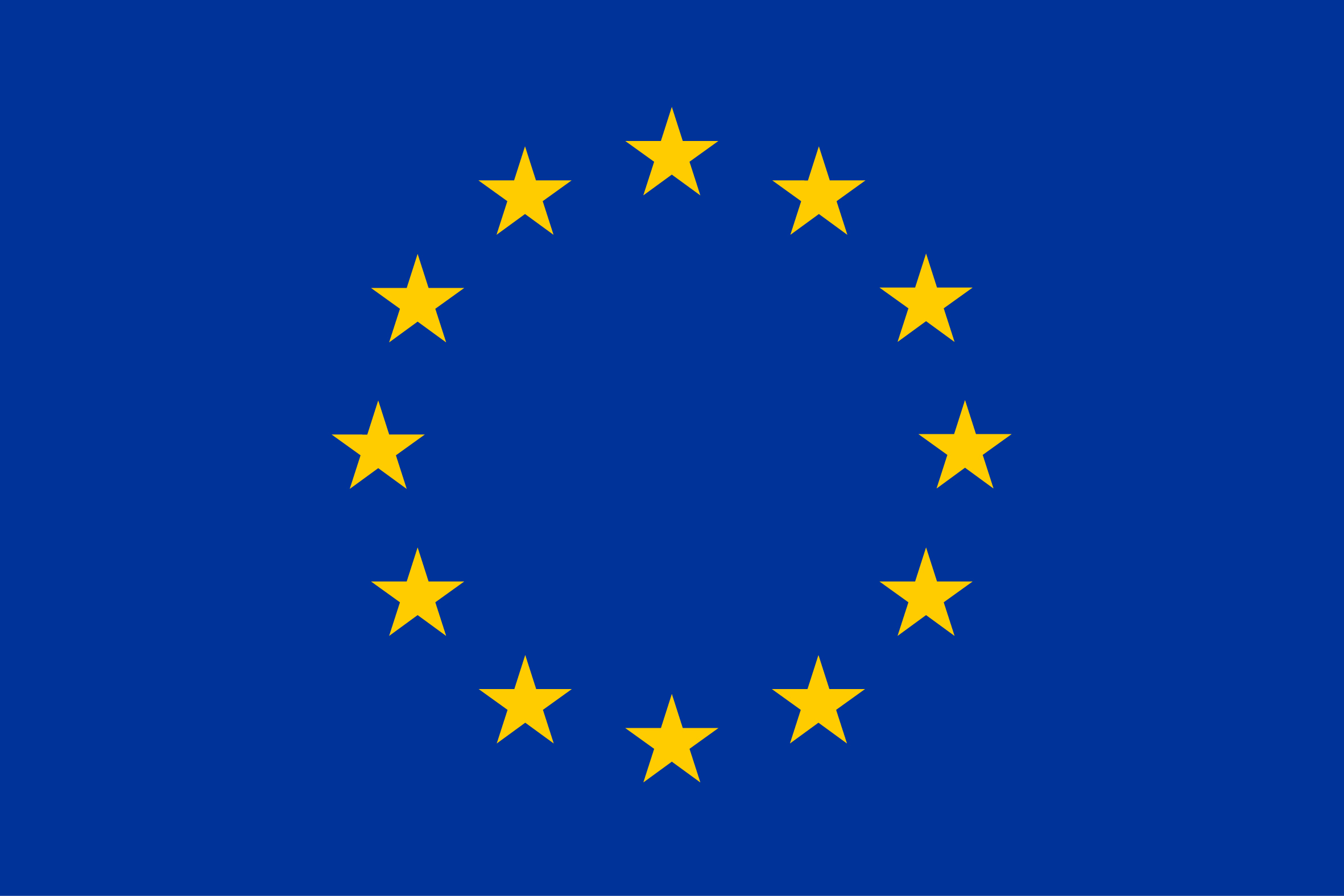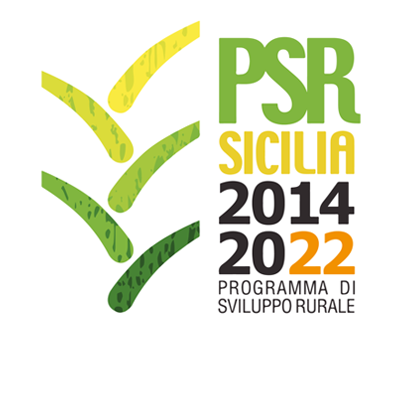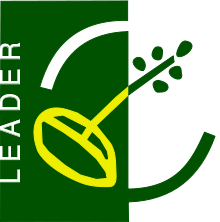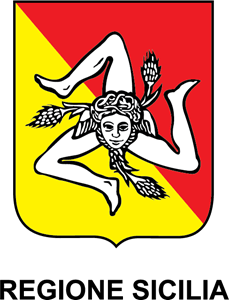Noriker
Country
Specie
ISO3
AUT
Year
2020
Trend
decreasing
Population min
4679
Population max
6137
Population figured based on
census at breed level
Breeding male
208
Breeding female
4471
Females registered in herdbooks
4471
Females bred pure
90
Herds
3458
Herds size (avg)
2
Reliability
very reliable
Geographical classification
International
Noriker
Country
Specie
ISO3
AUT
Year
2019
Trend
stable
Population min
4882
Population max
6321
Population figured based on
census at breed level
Breeding male
205
Breeding female
4677
Females registered in herdbooks
4677
Females bred pure
90
Reliability
very reliable
Geographical classification
International
Lipizzaner
Country
Specie
ISO3
AUT
Year
2020
Trend
increasing
Population min
109
Population max
150
Population figured based on
census at breed level
Breeding male
9
Breeding female
100
Females registered in herdbooks
100
Females bred pure
100
Herds
1
Herds size (avg)
150
Reliability
very reliable
Geographical classification
International
Lipizzaner
Country
Specie
ISO3
AUT
Year
2019
Trend
decreasing
Population min
79
Population max
126
Population figured based on
census at breed level
Breeding male
4
Breeding female
75
Females registered in herdbooks
75
Females bred pure
100
Reliability
very reliable
Geographical classification
International
Haflinger
Country
Specie
ISO3
AUT
Year
2020
Trend
decreasing
Population min
3104
Population max
4001
Population figured based on
census at breed level
Breeding male
90
Breeding female
3014
Females registered in herdbooks
3014
Females bred pure
80
Herds
2406
Herds size (avg)
2
AI used
no
In situ conservation programmes in place
no
Reliability
very reliable
Geographical classification
International
Haflinger
Country
Specie
ISO3
AUT
Year
2019
Trend
decreasing
Population min
3682
Population max
4483
Population figured based on
census at breed level
Breeding male
94
Breeding female
3588
Females registered in herdbooks
3588
Females bred pure
80
AI used
no
In situ conservation programmes in place
no
Reliability
very reliable
Geographical classification
International
Walliser Schwarzhalsziege
Country
Specie
ISO3
AUT
Year
2019
Trend
increasing
Population min
228
Population max
300
Population figured based on
census at breed level
Breeding male
50
Breeding female
178
Females registered in herdbooks
125
Females bred pure
100
Herds
39
Herds size (avg)
6
AI used
no
Male in AI
0
In situ conservation programmes in place
no
Reliability
very reliable
Geographical classification
Regional
Walliser Schwarzhalsziege
Country
Specie
ISO3
AUT
Year
2018
Trend
increasing
Population min
186
Population max
300
Population figured based on
census at breed level
Breeding male
25
Breeding female
161
Females registered in herdbooks
111
Females bred pure
100
Herds
37
Herds size (avg)
5
AI used
no
Male in AI
0
In situ conservation programmes in place
no
Reliability
very reliable
Geographical classification
Regional
Walliser Schwarzhalsziege
Country
Specie
ISO3
AUT
Year
2017
Trend
increasing
Population min
166
Population max
250
Population figured based on
census at breed level
Breeding male
29
Breeding female
137
Females registered in herdbooks
97
Females bred pure
100
Herds
33
Herds size (avg)
5
AI used
no
Male in AI
0
In situ conservation programmes in place
no
Reliability
very reliable
Geographical classification
Regional
Toggenburger Ziege
Country
Specie
ISO3
AUT
Year
2019
Trend
increasing
Population min
771
Population max
1000
Population figured based on
census at breed level
Breeding male
104
Breeding female
667
Females registered in herdbooks
336
Females bred pure
100
Herds
94
Herds size (avg)
8
AI used
no
Male in AI
0
In situ conservation programmes in place
no
Reliability
very reliable
Geographical classification
International




